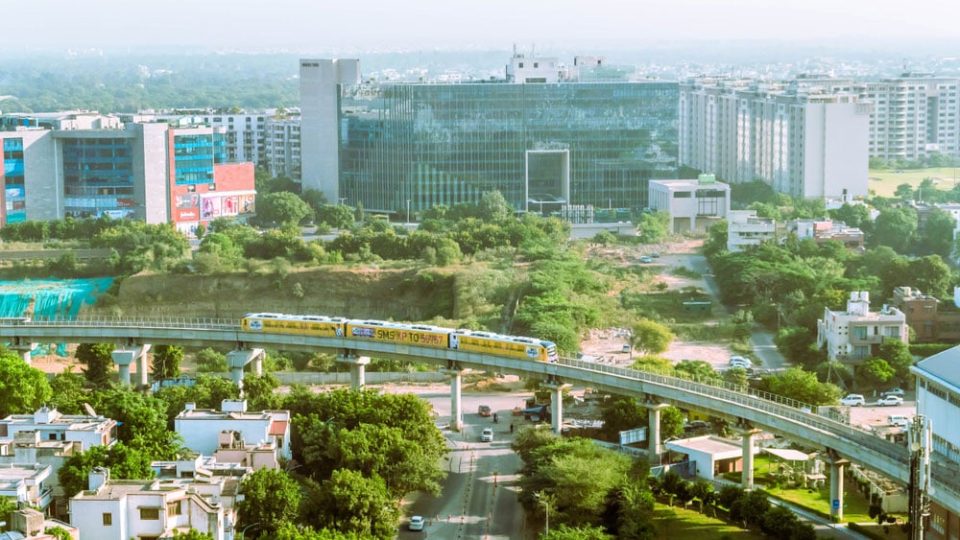Real Estate in India and The Future Trends

After having been in the real estate market for so long, I am confident when I say that Indians underestimate the value of the market. Yes, since time immemorial, property possession has been considered to up one’s society’s social status. But, not many people appreciate the direct, economic impact that the market has on the country in general and on them. The juggernaut contribution of the market in the country’s growth remains understated despite a large chunk of data available for evaluation.
But, here I am, reiterating the narrative: the future of the Indian real estate market is bright, perhaps brighter than the estimates. Of course, this comes with a rider that the circumstances may change as they did back in the COVID-19 days. On this point, there are many estimates that tell a rosy tale. But, mind you, these are only estimates and to turn estimates into reality we need active governance, regulation, investment, and public participation.
Under the new regime, the real estate sector is undergoing a radical overhaul with the focus being shifted to Tier II and Tier III cities. Tier I cities such as Mumbai and Bangalore may soon reach a saturation point unless reformatory interventions are made. But, an immeasurable chunk of potential remains in other cities which otherwise were pushed to the sidelines due to their social, cultural, and economic backwardness. Lucknow, for instance, has been at the helm of organizing investor summits in the past few years. In 2021, the summit attracted proposals worth Rs 1.24 lakh crore (4.32 percent of the total intents) in the sector.
Even the estimates show that real estate is resilient and progressive in growth. After having suffered a blunt blow from the pandemic, the investments in the sector bounced back with sheer force.
In 2021, the infrastructure investments recorded USD 24.4 million. Suggesting a positive trend, RSBA Advisors predict that the real estate market could record growth of approx USD 1,000 billion by 2023, which should translate into 13 percent of the country’s GDP in 2025. The positivity is to be felt even in the retail real estate market which should step up by 28 percent to 82 million square feet in 2023. Even the manufacturing industry which is heavily dependent on the health of the real estate sector has registered higher demand than previous years.
There is no dearth of estimates on the future of the real estate market in India. Whether residential, commercial, industrial, or special use, demands are rising as we speak. This comes against the backdrop of multiple government-sponsored initiatives such as the National Urban Digital Mission to enhance inter-city connectivity. And, if everything goes well, the overall real estate market should be worth USD 9.30 billion in the next 17 years.
In conclusion, I would wrap up with a quote by Russell Sage to encapsulate my thoughts:- “Real estate is an imperishable asset, ever increasing in value. It is the most solid security that human ingenuity has devised. It is the basis of all security and about the only indestructible security.”
Have you read?
The World’s Top 10 Highest-Paid Wealth Management Executives.
CEO compensation: Highest paid chief executive officers in the United States.
Highest-paid Entertainment Chief Executives (Averaged $31.66 Million).
Highest-paid health insurance CEOs.
Most Powerful Companies in Australia.
Bring the best of the CEOWORLD magazine's global journalism to audiences in the United States and around the world. - Add CEOWORLD magazine to your Google News feed.
Follow CEOWORLD magazine headlines on: Google News, LinkedIn, Twitter, and Facebook.
Copyright 2025 The CEOWORLD magazine. All rights reserved. This material (and any extract from it) must not be copied, redistributed or placed on any website, without CEOWORLD magazine' prior written consent. For media queries, please contact: info@ceoworld.biz








